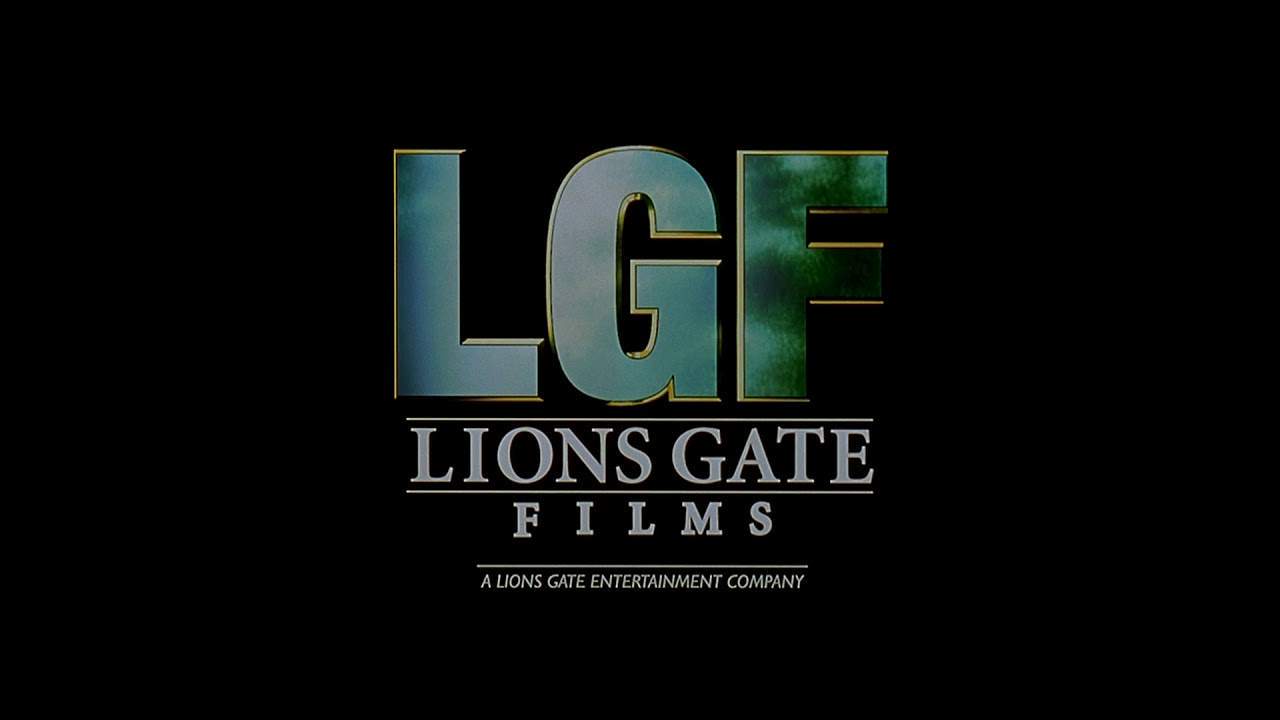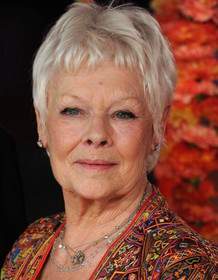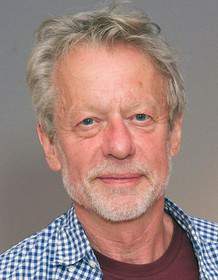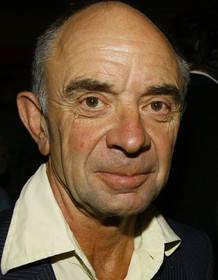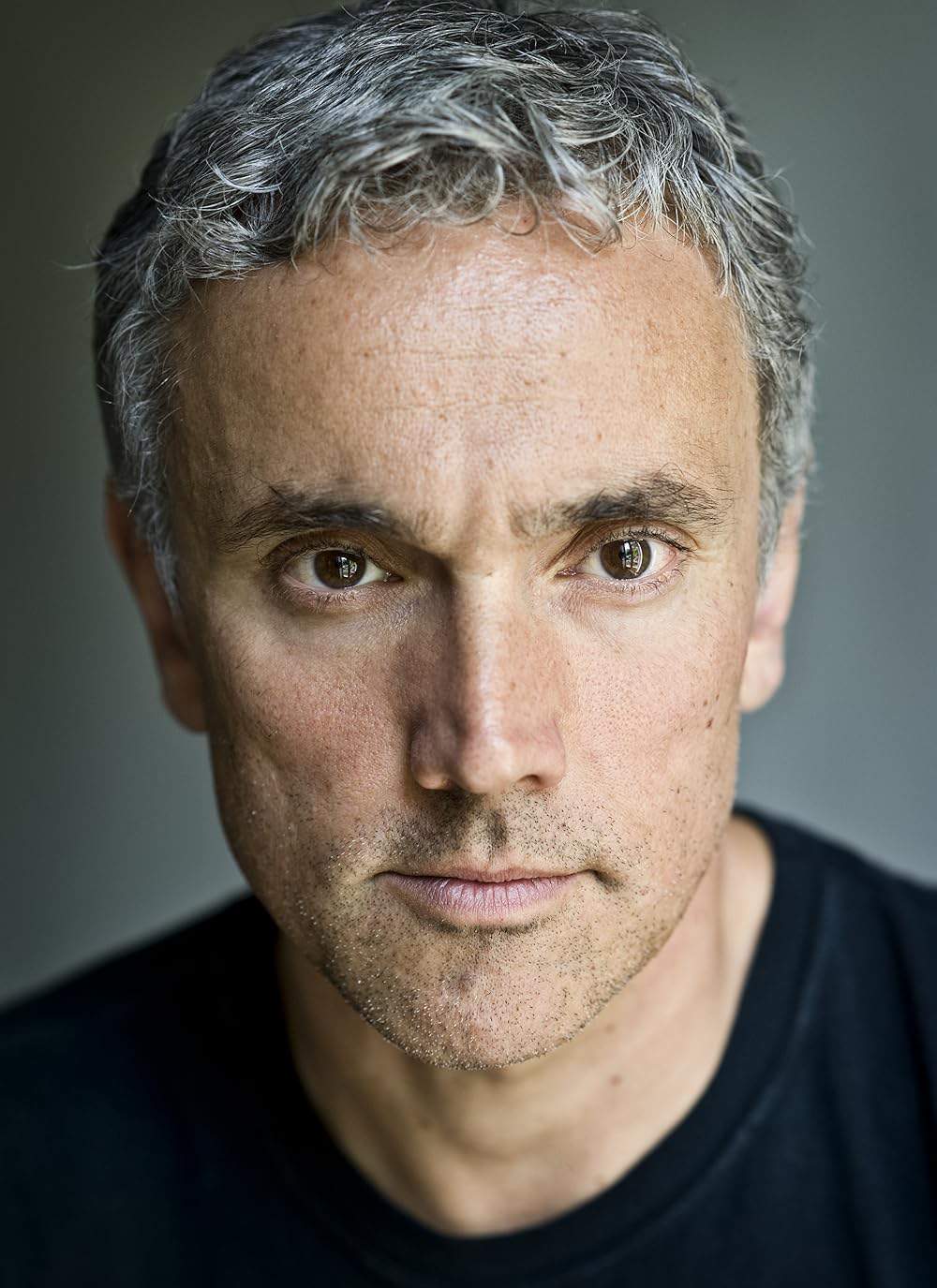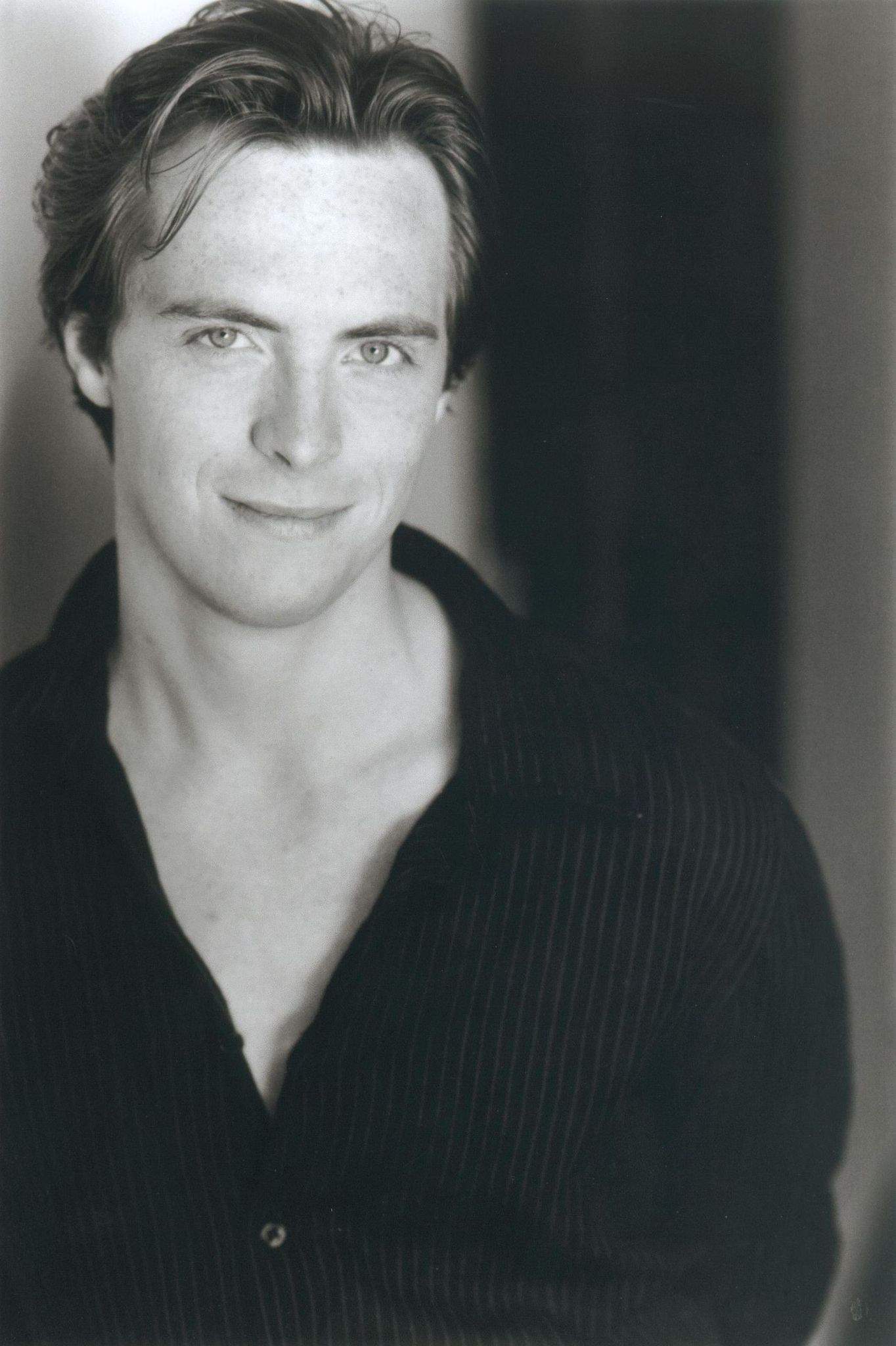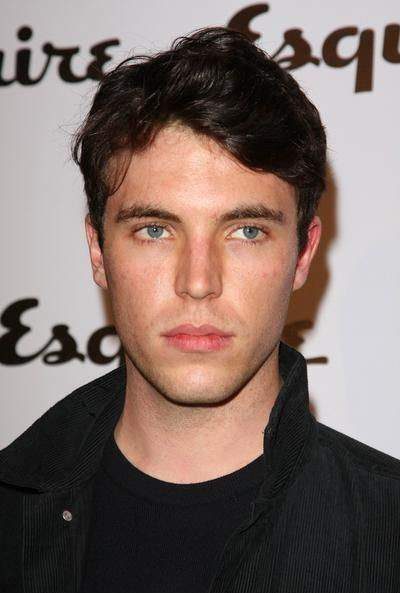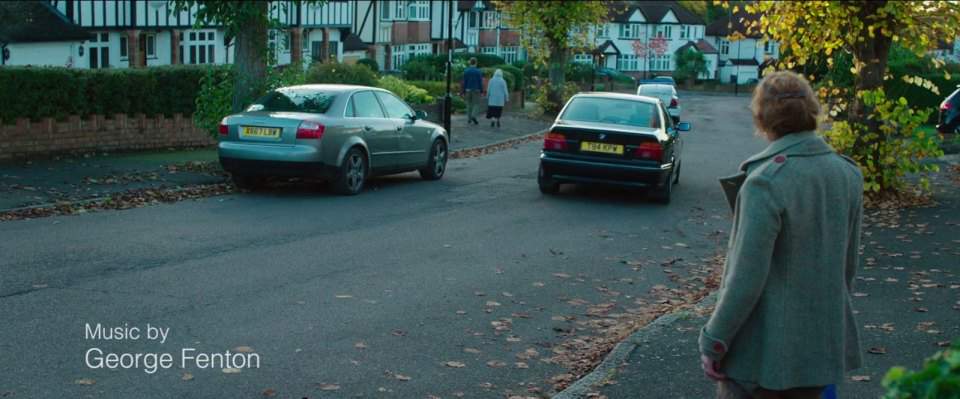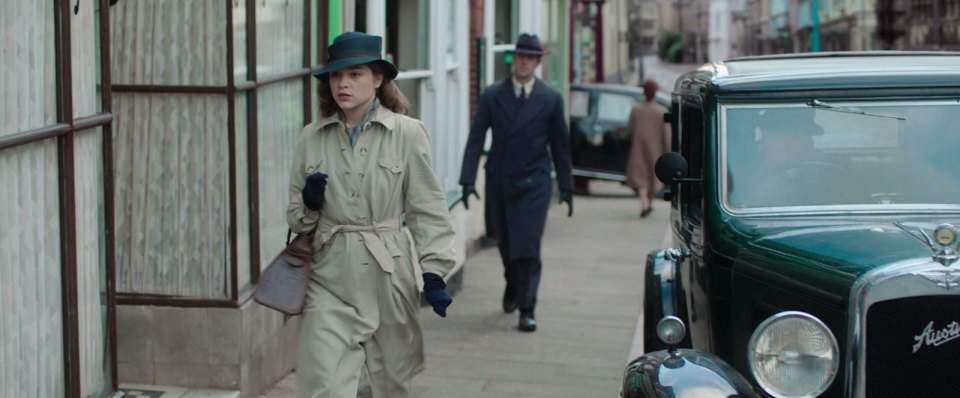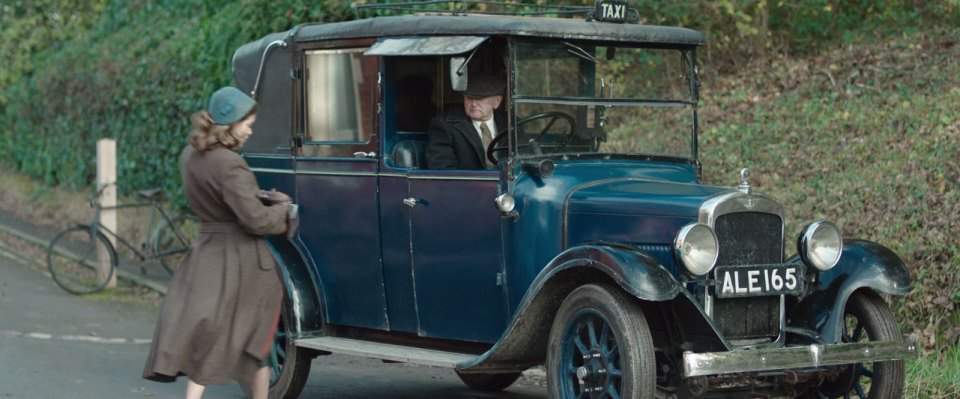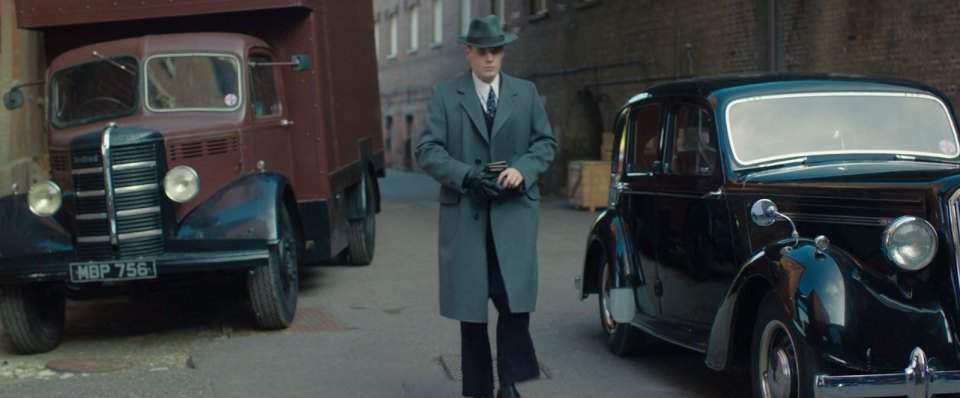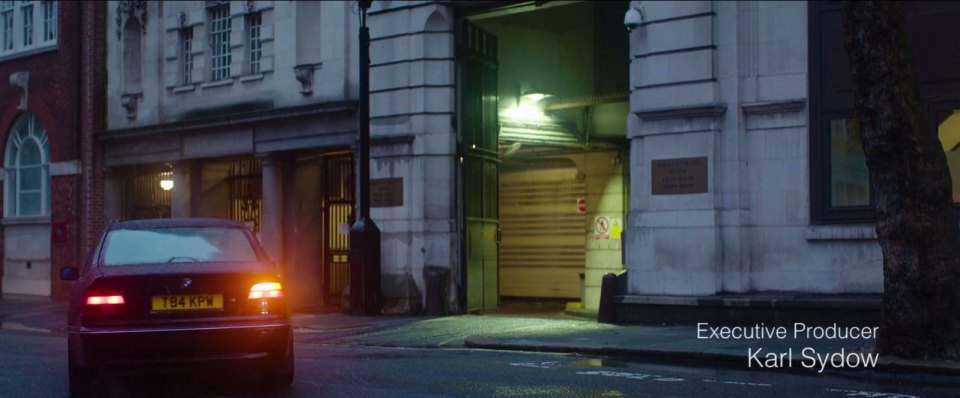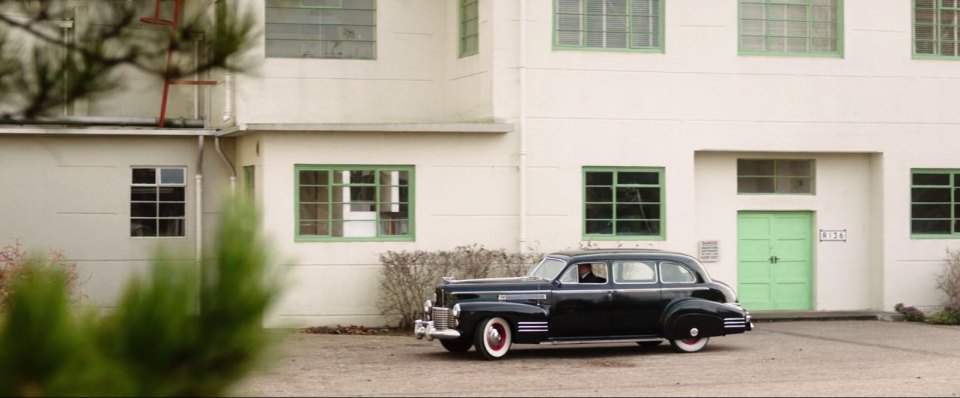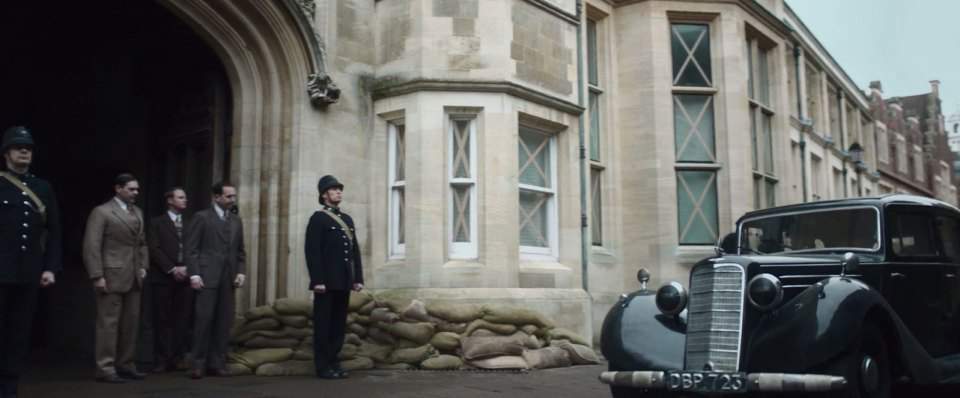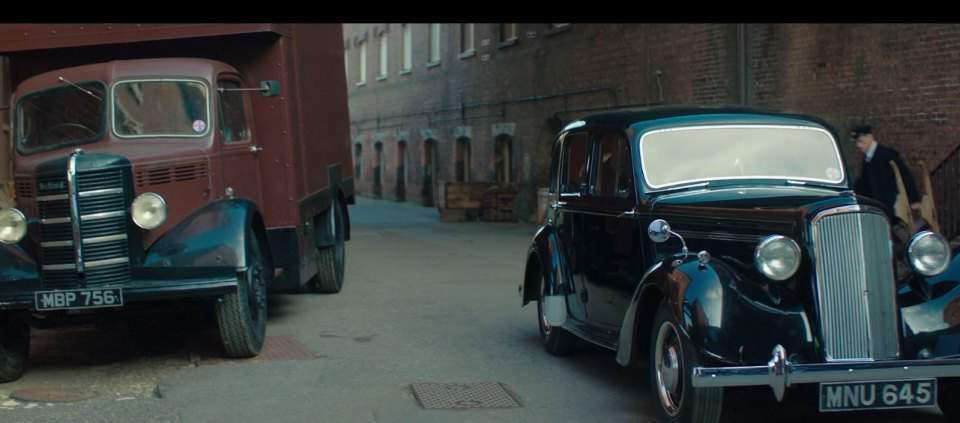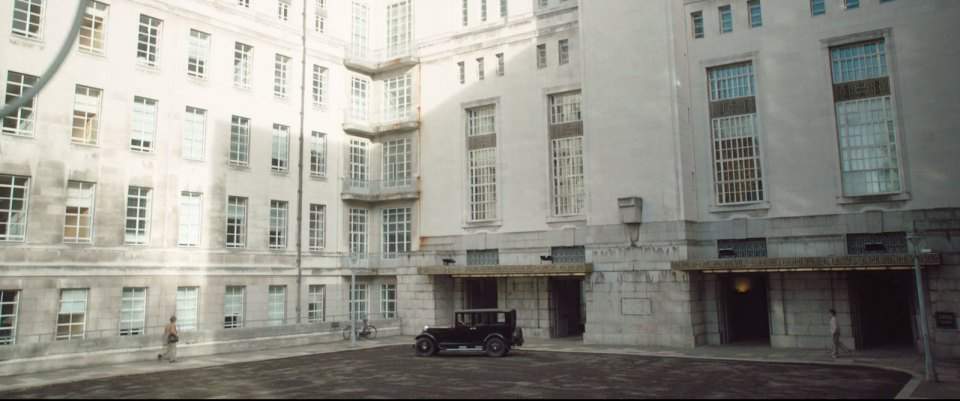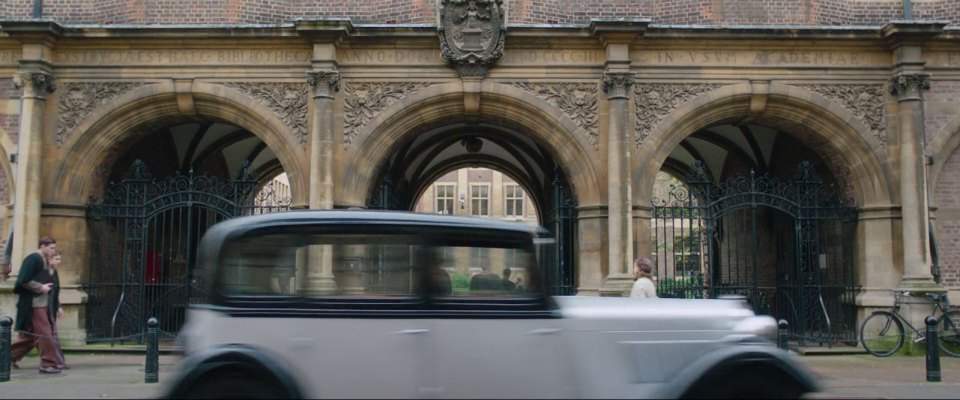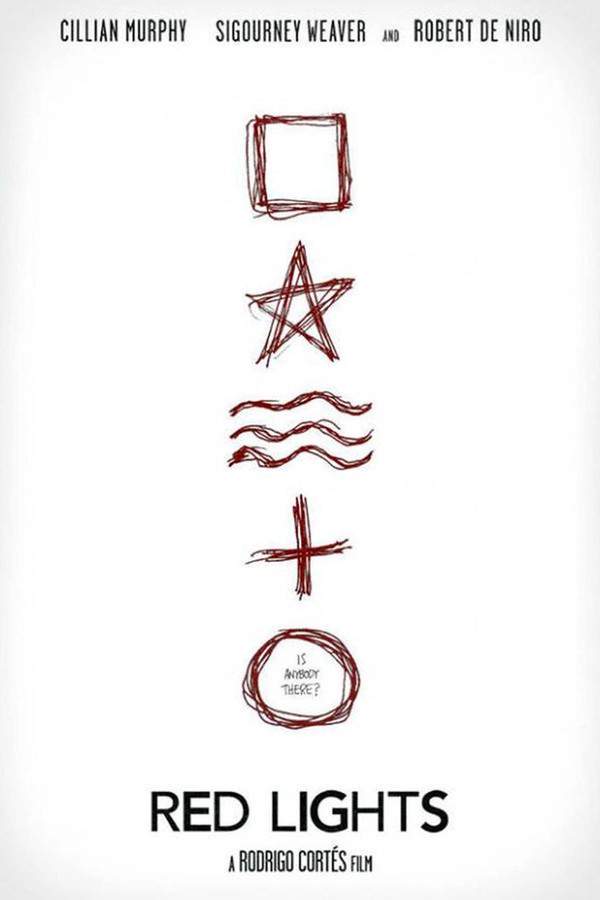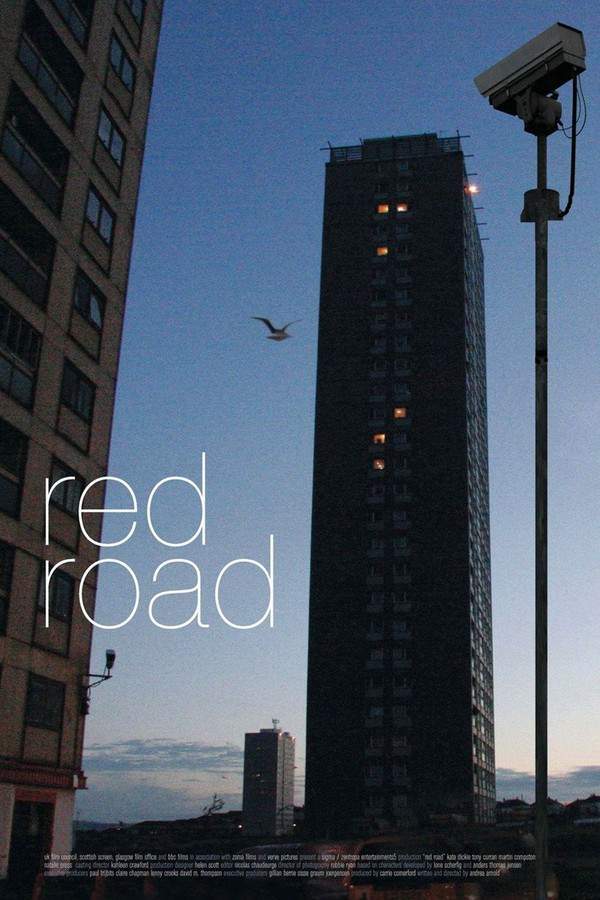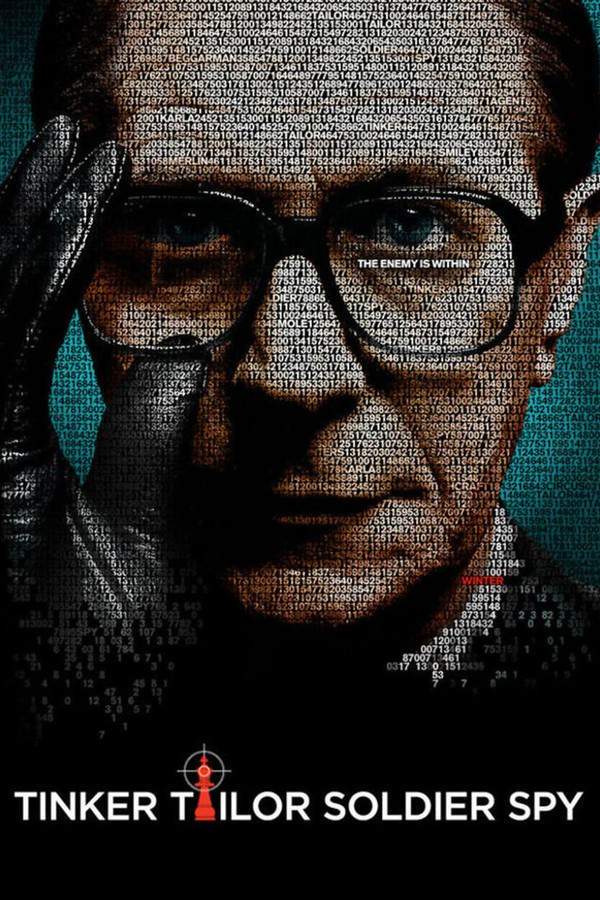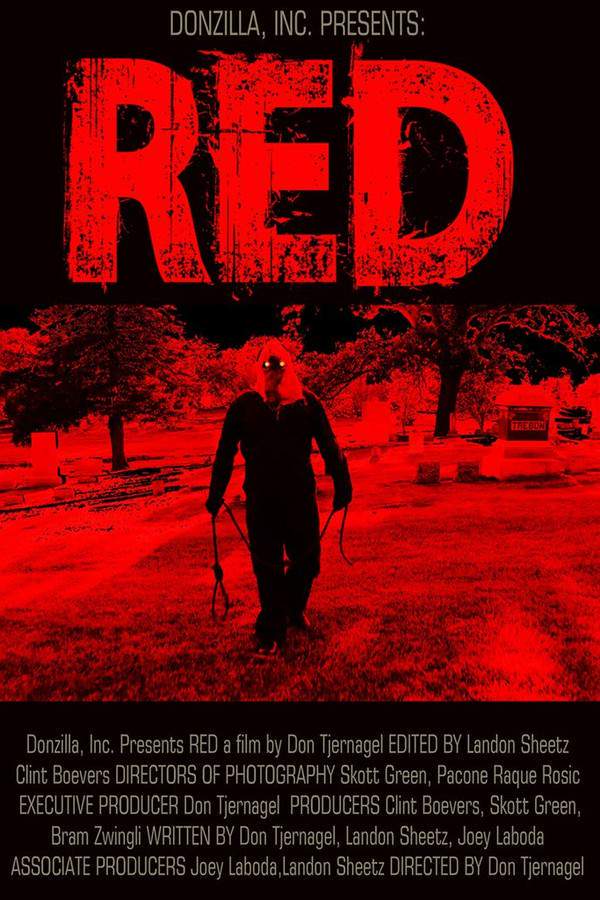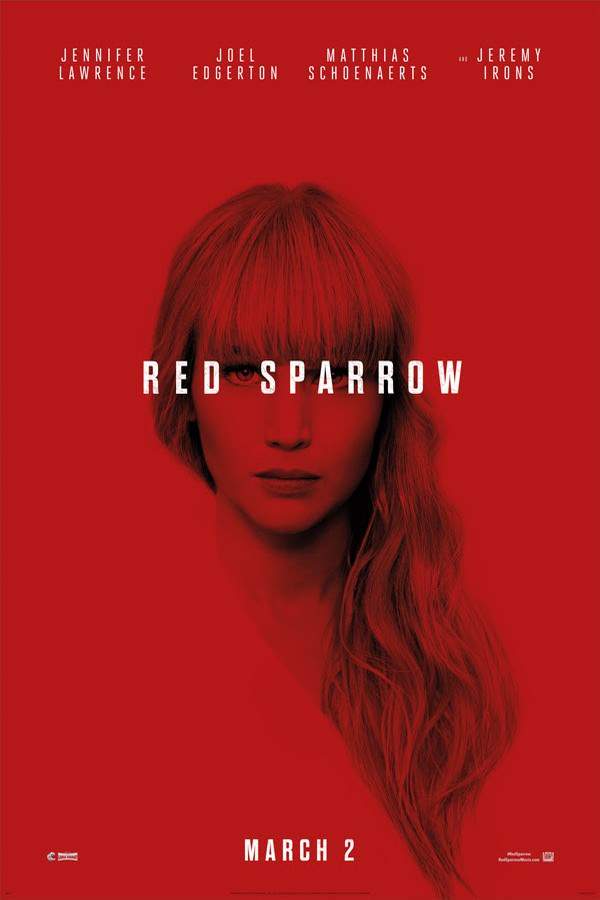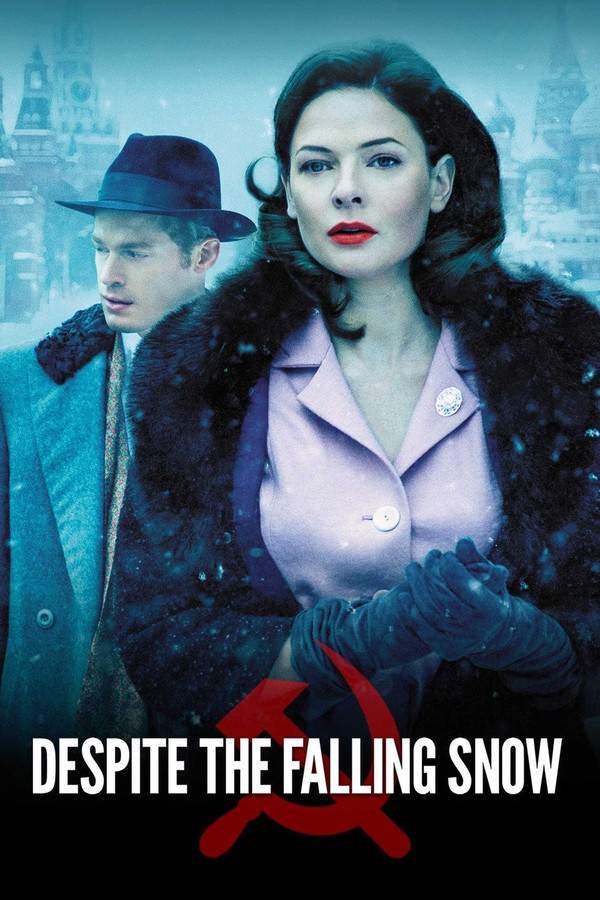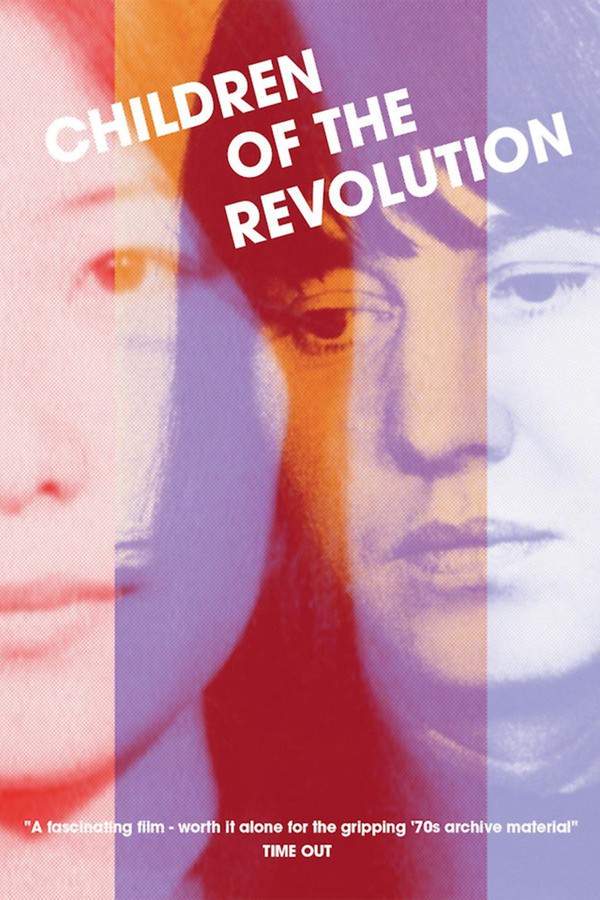Red Joan 2019
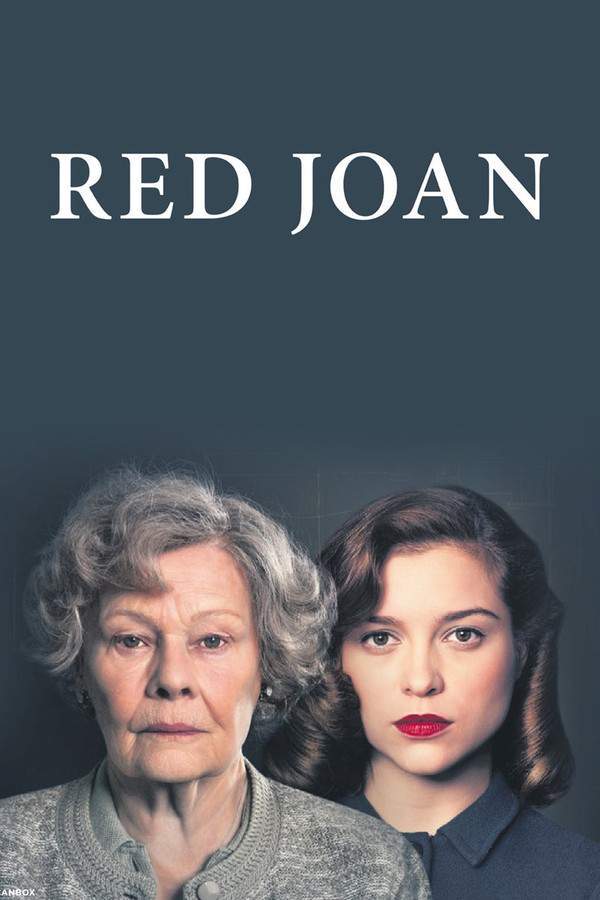
In quiet suburban retirement, Joan Stanley’s life is unexpectedly disrupted when the British Secret Service arrests her for decades of espionage. Faced with interrogation, she recounts a complex past, beginning with her promising career in physics at Cambridge University. There, she experiences a passionate romance with a political radical and witnesses the devastating effects of war. These experiences lead her to make a fateful decision, risking everything to pursue peace and fundamentally change the world, a path that now brings her past crashing into the present.
Does Red Joan have end credit scenes?
No!
Red Joan does not have end credit scenes. You can leave when the credits roll.
Meet the Full Cast and Actors of Red Joan
Explore the complete cast of Red Joan, including both lead and supporting actors. Learn who plays each character, discover their past roles and achievements, and find out what makes this ensemble cast stand out in the world of film and television.
External Links and Streaming Options
Discover where to watch Red Joan online, including streaming platforms, rental options, and official sources. Compare reviews, ratings, and in-depth movie information across sites like IMDb, TMDb, Wikipedia or Rotten Tomatoes.
Ratings and Reviews for Red Joan
See how Red Joan is rated across major platforms like IMDb, Metacritic, and TMDb. Compare audience scores and critic reviews to understand where Red Joan stands among top-rated movies in its genre.

The Movie Echo Score
Overall, Red Joan offers a visually competent period drama undermined by an uneven narrative and subdued character focus. While its production design and cinematographic elements provide a polished backdrop, the pacing and structural choices often feel disjointed and lack dramatic momentum. Performances by the leads show moments of genuine nuance but are undermined by the film’s reluctance to fully explore its emotional stakes. The suspense-driven premise never fully coalesces into engaging intrigue, leaving the film’s impact modest and its lasting impression limited.
The Movie Echo Score Breakdown for Red Joan

Art & Craft
In terms of art and craft, Red Joan presents a polished period aesthetic that is offset by conventional direction. The cinematography consistently captures the era’s understated color palette and lends scenes a refined look. Production design is meticulous in its recreation of wartime settings. Editing choices reinforce the film’s deliberate rhythm but occasionally exacerbate its measured pace. Overall, the art and craft deliver a visually coherent experience but seldom rise above proficient execution.

Character & Emotion
In the realm of character and emotion, performances exhibit sparks of depth overshadowed by limited development. Judi Dench imbues her older Joan with quiet restraint, and Sophie Cookson offers moments of emotional intensity. However, supporting figures remain archetypal and chemistry between leads is inconsistent. Consequently, the film generates intermittent emotional resonance but falls short of sustained character engagement.

Story & Flow
When assessing story and flow, Red Joan struggles with uneven pacing and a bifurcated structure that disrupts plot momentum. The narrative oscillates between past and present without establishing consistent momentum, leading to diminished suspense. While the historical premise holds inherent intrigue, the adaptation’s prosaic execution and predictable genre beats undermine originality. Ultimately, the plot coherence and engagement fail to coalesce into a compelling spy drama.

Sensory Experience
With regard to sensory experience, the film benefits from an evocative score and period-appropriate sound design. George Fenton’s music underscores key moments with measured restraint, and ambient soundscapes complement the visual narrative. The visual style employs a muted palette that supports the film’s contemplative tone. These elements combine to create a consistent sensory atmosphere that enhances immersion, even when narrative intensity is limited.

Rewatch Factor
On rewatch factor, Red Joan offers limited motivation for repeat viewing due to its subdued dramatic arc. While moments of historical intrigue and thematic reflection retain modest appeal, the film’s slow pace and lack of dynamic tension reduce its replay value. The performances provide occasional nuance but do not reveal significant additional layers upon subsequent viewings. As a result, the lasting appeal remains modest at best.

45
Metascore
5.0
User Score


30%
TOMATOMETER

55%
User Score

6.4 /10
IMDb Rating

67
%
User Score

4.2
From 74 fan ratings

3.20/5
From 5 fan ratings
Take the Ultimate Red Joan Movie Quiz
Challenge your knowledge of Red Joan with this fun and interactive movie quiz. Test yourself on key plot points, iconic characters, hidden details, and memorable moments to see how well you really know the film.
Quiz on Red Joan: Test your knowledge on the themes and events of the movie Red Joan.
What subject does Joan pursue at Cambridge University?
Chemistry
Physics
Mathematics
Engineering
Show hint
Full Plot Summary and Ending Explained for Red Joan
Read the complete plot summary of Red Joan, including all major events, twists, and the full ending explained in detail. Explore key characters, themes, hidden meanings, and everything you need to understand the story from beginning to end.
In the prestigious corridors of Cambridge University, a determined young woman named Joan Smith immerses herself in the world of physics. Surrounded by a close-knit group of friends, including her German-Jewish confidants Sonya and Leo Galich, Joan experiences a unique bond with her cousins, which is strengthened by years of shared memories and trust. It’s within this stimulating environment that Joan becomes increasingly fascinated by Leo’s passionate demeanor.
As her studies progress, Joan finds herself drawn into the urgency of Britain’s Tube Alloys project, a secret initiative dedicated to developing an atomic bomb. Here, she encounters the brilliant scientist Max, whose intellect and fierce commitment both intrigue and captivate her. However, their romance is not destined to bloom, as Leo approaches Joan with an unsettling proposition – to act as a spy for the Soviet Union. This demand leads Joan to sever ties with Leo, accusing him of using her emotional vulnerabilities for his own gains.
With her affection for Max growing stronger, Joan is caught in a conflict between her desire to be with him and his insistence that he seeks a legitimate spouse rather than a mistress. The harrowing events of Hiroshima and Nagasaki in 1945 forcibly raise her awareness about the dire fallout of nuclear conflict, making her question Britain’s ambitions to develop its own atomic arsenal. In a dramatic twist, she reaches out to her old friends Sonya and Leo, hoping to share crucial insights about Britain’s nuclear endeavors with the Soviet officials.
As the Cold War ushers in an era of mistrust and paranoia, Joan’s journey leads her deeper into the treacherous realm of espionage and agency. The tragic demise of Leo, resulting from an apparent suicide, amplifies her feelings of betrayal, especially when she learns of Sonya’s unacknowledged child, whose father is indeed the deceased Leo.
Following these heart-wrenching turns, Joan seeks comfort in Max, but their bliss is short-lived when he is apprehended and charged with espionage in the wake of the Soviet Union’s first successful atomic bomb test in 1949. During an emotionally charged visit to Max’s cell, Joan reveals her involvement in his arrest, prompting his immediate forgiveness. In a determined bid to free Max, Joan concocts a plan to blackmail Sir William Mitchell, a key diplomat with ties to the Soviets. This remarkable move seeks to end the cycle of betrayal and restore their fractured lives.
As the clock strikes the year 2000, Joan’s life is abruptly disrupted when she is arrested and accused of espionage. The relentless Scotland Yard detectives leave no stone unturned in their investigations, and while Joan initially stands firm against their accusations, she slowly begins to crack under the pressure. Eventually, she admits to relaying classified information to the Soviets. The repercussions are swift and brutal; the tabloids gleefully label her a traitor, dubbing her “Red Joan.”
Her son, Nick Stanley, initially ready to defend his mother, is shaken into disbelief upon learning the full extent of her actions. However, as Joan voices her intentions behind her decisions—aimed at preventing the horror of nuclear warfare from repeating itself—Nick undergoes a change of heart. He resolves to stand by his mother, offering his legal support as they both face the merciless media frenzy that has descended upon their lives.
Uncover the Details: Timeline, Characters, Themes, and Beyond!

Coming soon on iOS and Android
The Plot Explained Mobile App
From blockbusters to hidden gems — dive into movie stories anytime, anywhere. Save your favorites, discover plots faster, and never miss a twist again.
Sign up to be the first to know when we launch. Your email stays private — always.
Watch Trailers, Clips & Behind-the-Scenes for Red Joan
Watch official trailers, exclusive clips, cast interviews, and behind-the-scenes footage from Red Joan. Dive deeper into the making of the film, its standout moments, and key production insights.
Cars Featured in Red Joan
Explore all cars featured in Red Joan, including their makes, models, scenes they appear in, and their significance to the plot. A must-read for car enthusiasts and movie buffs alike.
Red Joan Themes and Keywords
Discover the central themes, ideas, and keywords that define the movie’s story, tone, and message. Analyze the film’s deeper meanings, genre influences, and recurring concepts.
Red Joan Other Names and Titles
Explore the various alternative titles, translations, and other names used for Red Joan across different regions and languages. Understand how the film is marketed and recognized worldwide.
Similar Movies To Red Joan You Should Know About
Browse a curated list of movies similar in genre, tone, characters, or story structure. Discover new titles like the one you're watching, perfect for fans of related plots, vibes, or cinematic styles.
Quick Links: Summary, Cast, Ratings, More

What's After the Movie?
Not sure whether to stay after the credits? Find out!
Explore Our Movie Platform
New Movie Releases (2025)
Famous Movie Actors
Top Film Production Studios
Movie Plot Summaries & Endings
Major Movie Awards & Winners
Best Concert Films & Music Documentaries
Movie Collections and Curated Lists
© 2025 What's After the Movie. All rights reserved.


